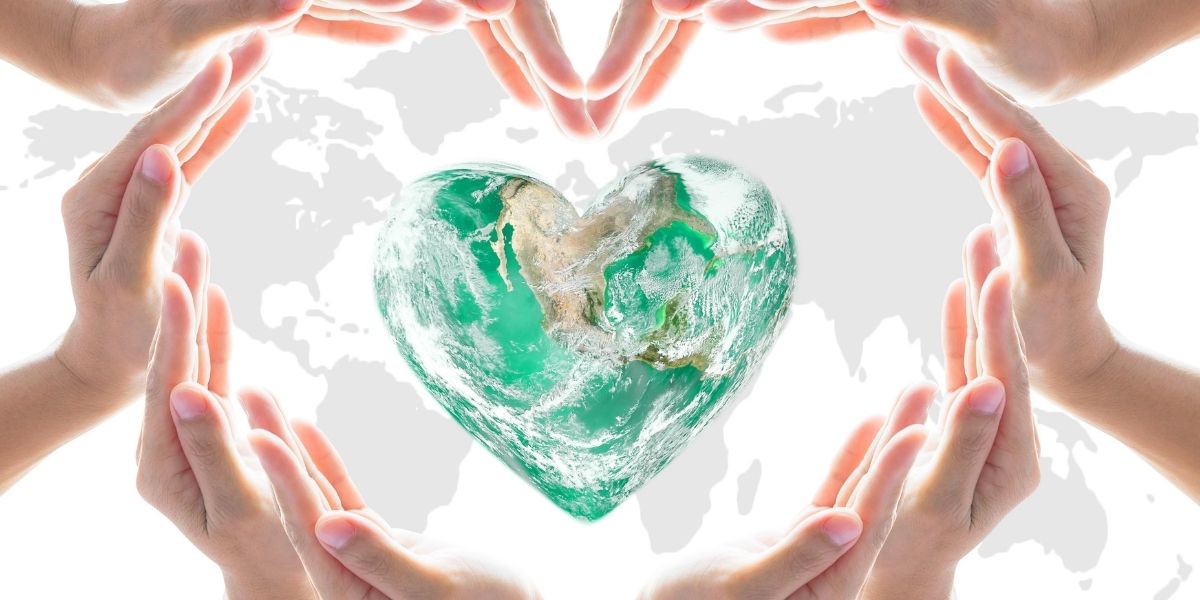When COVID-19 first hit the United States in March 2020, the last thing on some individuals and companies’ minds was how to be sustainable throughout the pandemic. Fearing the spread of germs, single-use plastic usage rose, disposable masks sold out, and people everywhere went through resources quickly and with little thought about how this behavior could impact long-term sustainability.
In retrospect, some of these panicked actions have had some negative consequences on our environment. But for the cultural attractions who stayed the course, there are important lessons to take from their thoughtful and concerted efforts around maintaining their commitment to sustainability and conservation. We spoke with these leaders about how they were able to pivot, plan ahead, and stay the course with their attraction’s mission. Here are the three things we learned.
1. HAVE A PLAN IN PLACE (AND STICK TO IT!)
It’s hard to stick to a plan if one doesn’t exist. And it’s this reason many businesses were so focused on just trying to stay open during the pandemic with little thought to how it affected the environment around them. But even those who were prepared had to revise, pivot, and reinvent ways of doing things in order to maintain a certain level of sustainability.
“While we continued to use products that were eco-friendly during COVID-19, we also implemented a “clean team” which was responsible for keeping services and spaces clean throughout the pandemic. This program had a very positive response from guests and we will continue to use moving forward,” Jeff Ettling, Sedgwick County Zoo President and CEO said.
Regardless if you had a plan or not, the pandemic was a crucial learning opportunity to be more prepared in the future. What did you learn, how can you improve, what processes can you put in place to make sure sustainability and conservation still remain at the forefront of your mission? The pandemic has been an opportunity to improve into the future and make sure you can maintain continuity around sustainability in the event something similar were to occur again.
“At the National Aquarium, our mission is to inspire conservation of the world’s aquatic treasures and our conservation priority areas are climate change, wildlife and habitats, and plastic pollution. This is not something we are able to ‘turn off’ when our staff goes home for the evening – or when the world shuts down due to a global pandemic. In fact, the urgency of this mission compels us to be vigilant and continue to work towards a better future. Because of this, much of our work never stopped when the rest of the world took a pause,” said Laura Bankey, National Aquarium Vice President of Conservation Programs.
2. MAKE IT PERSONAL
To really create long-term, widespread change, people need to see how sustainability and conservation efforts affect them in their personal lives. Sure, it’s about creating systems and processes that make sustainability easy within your business but also about reminding people that when they leave, their efforts still matter. In this, you make conservation and sustainability efforts not just a business mission, but a community imperative.
“Conservation is a people problem, not an animal problem. We want our patrons to be aware of this responsibility when they visit, but also when they leave our establishment. If we aren’t a reflection of our local environment, we risk extinction. We help raise awareness about this by putting a big banner outside which reads, “Thank you for being a conservationist.” The idea is, just by visiting the zoo you are helping conservation efforts,” Jeff Ettling, Sedgwick County Zoo President and CEO said.
Using specific local examples and visual elements reminds guests that the work doesn’t just start and stop when you visit the zoo.
“The pandemic has been a wake-up call on a global scale about how we are all part of ‘one ecosystem’ and diseases that affect one species may eventually also affect humans as well. There are so many stories to share that can make wildlife issues, human issues. We need to start thinking this way as a society.” Andrew Fischer, SSA Vice President of Sustainability said.
3. SHIFT THE CONVERSATION
Shifting the messaging for the consumer and making it personal is an important element to keeping conservation and sustainability top of mind in the eyes of your guest. But another integral next step for cultural attractions as an industry is to continue to push the envelope for what comes next in sustainability and conservation.
“We are connecting and engaging partners on the local, regional, and national scale in order for us to expand our impact beyond our own institution. In addition to our conservation, education and sustainability efforts within the aquarium, we continue to protect and restore important habitats and species in our region and around the world through restoration, community empowerment, animal rescue and advocacy,” Bankey said.
This means having a more hands-on approach to making change as well.
“In 2022, we’re going to focus on doing more field conservation work. When staff comes back from being involved in person, they want to share these messages with guests and become champions for the cause. These experiences change lives, and their stories change perspectives to help create real change,” Ettling said.
And finally, it means creating models that others can use to implement at their own facilities.
“Our hope is that it’s easier to maintain and easier to mass-produce the models we’ve created such that others can use that same design if they wanted and have an easier way to start a conservation program at their own facility. From our Quarters for Conservation program 75 cents from every admission to CMZoo supports our legacy conservation partners, and has raised $3.5 million for conservation since 2008. Programs like this could be a game-changer for zoos and then the cumulative effect beyond that. We could save entire species,” Dr. Liza Dadone, Vice President of Mission & Programs, Cheyenne Mountain Zoo said.
THE PANDEMIC MADE SUSTAINABILITY EVEN MORE IMPORTANT
We have an opportunity coming out of the pandemic to do things differently. To do things better. As an industry, we were already leading the conversation around conservation and sustainability. Now is the time to continue to push that innovation and take our work to the next level.
“At SSA, we too believe a renewed roadmap for 2022 is imperative. We must get back on track with our pre-pandemic initiatives like driving the reduction in single-use plastic, designing zero-waste cafes, composting, and buying local. But beyond that, we must also consider our own company’s carbon footprint in our post-pandemic sustainability roadmap. This means re-thinking our supply chains from sourcing, packaging, shipping, manufacturing processes, and more. The work we must do is both beyond our front door and right in front of it,” said Eric Loyall, SSA CSO.

